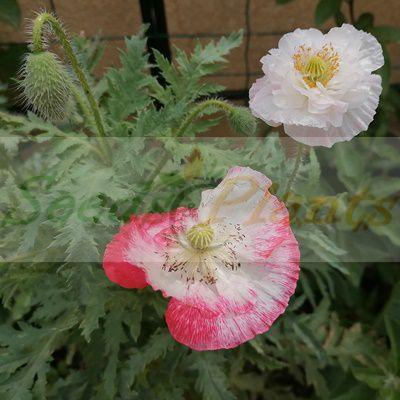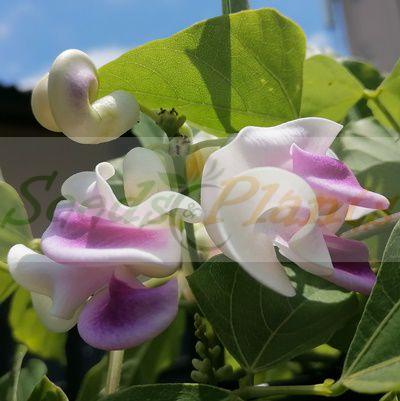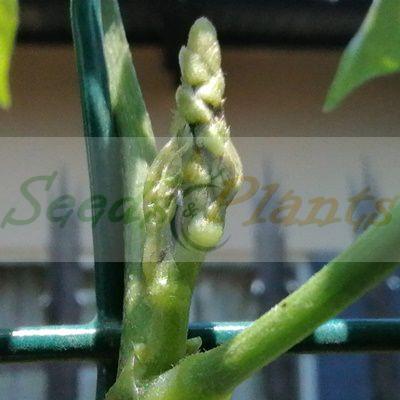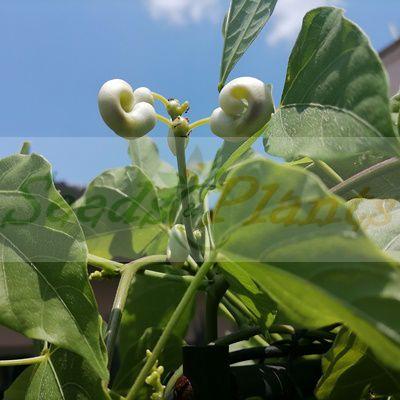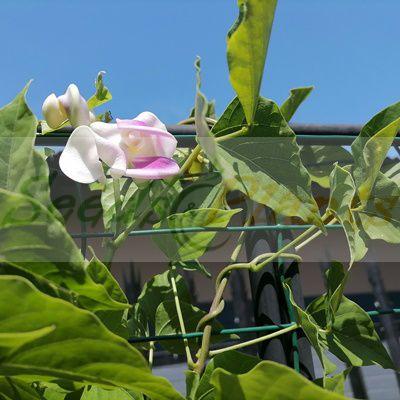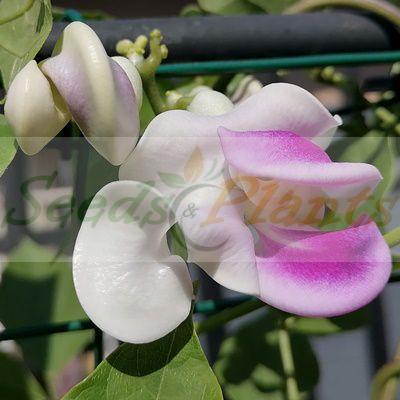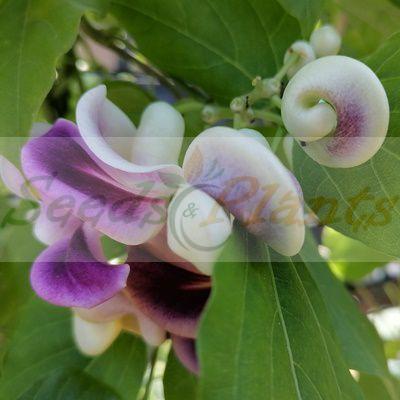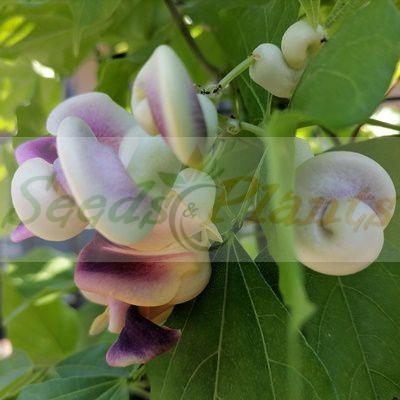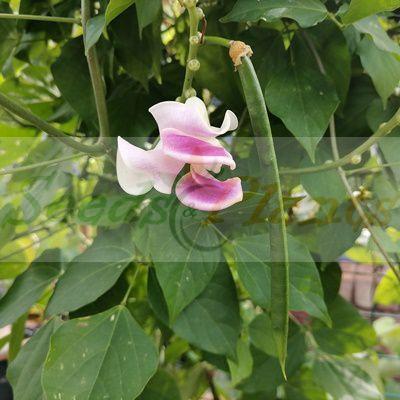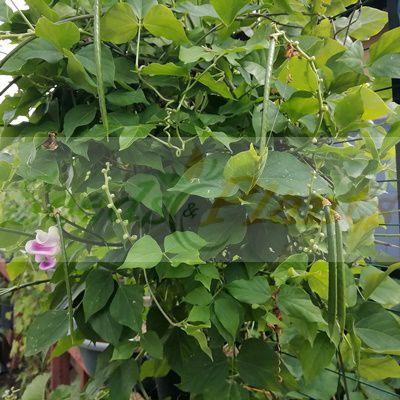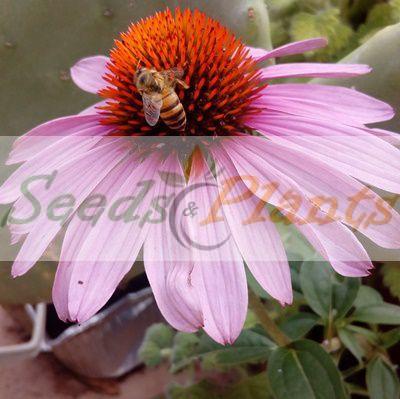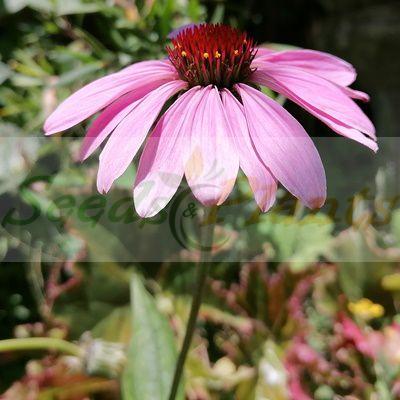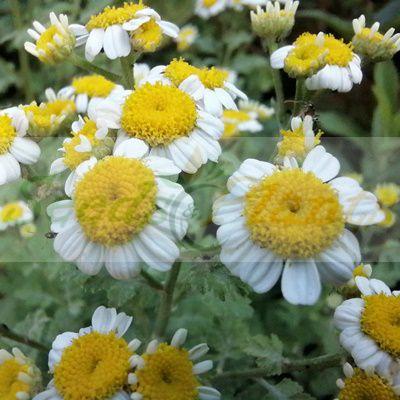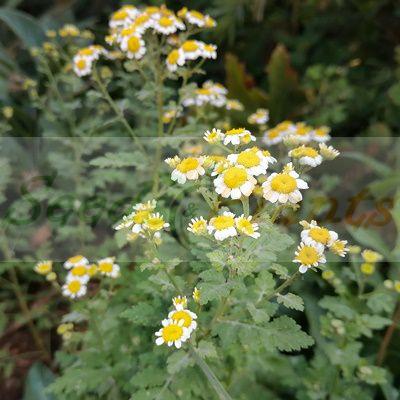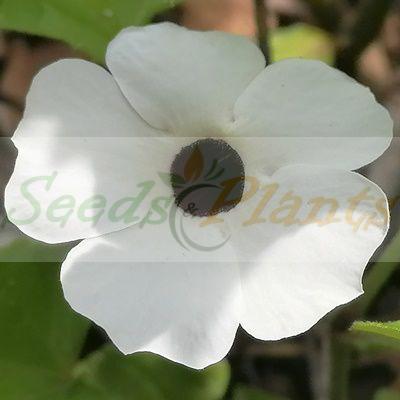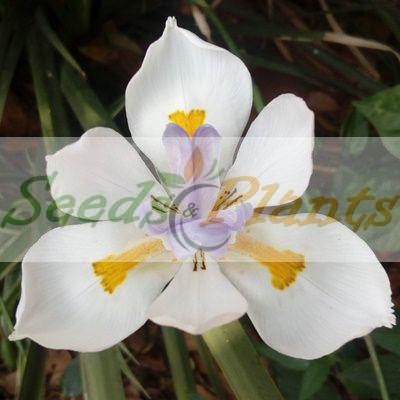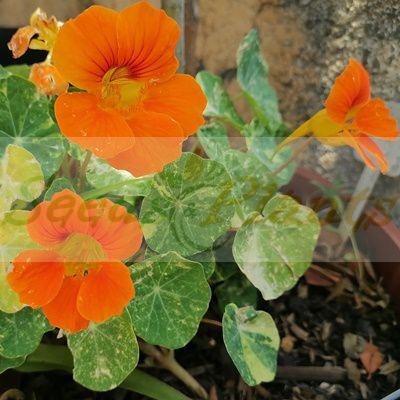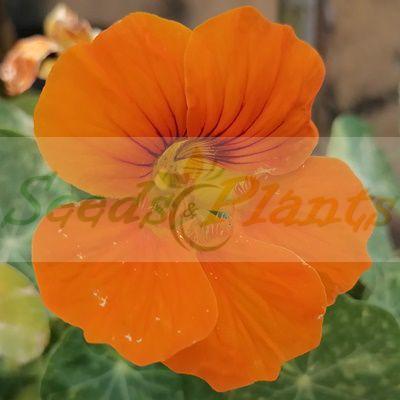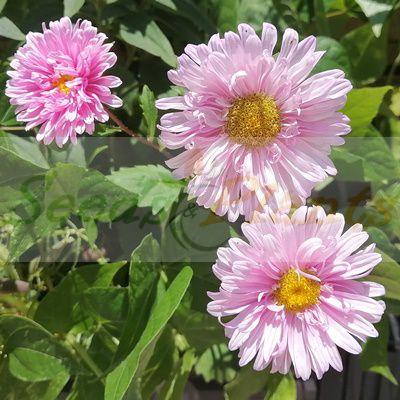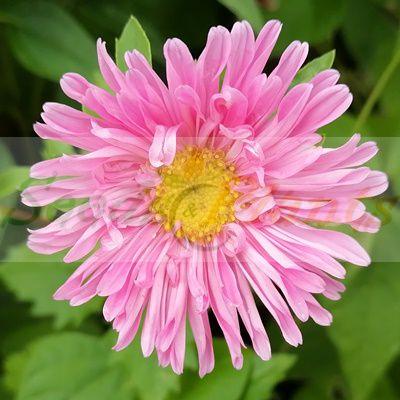Snail Vine – 2 Seeds
(Vigna caracalla)
R50.00
Snail Vine is a tropical vine with lavender and white flowers. It thrives in full sun and high humidity.
Common Names: Snail Vine, snail bean, corkscrew vine and corkscrew flower.
Seed Type: Organic – Harvested from our own plants.
Indoor Sowing: Mid Winter.
Direct Sowing: Spring.
In stock
🌼 Flower Quick Facts
- 🌱 Life Cycle: Perennial
Snail vine (Vigna caracalla) is also known as snail bean, corkscrew vine or corkscrew flower. It produces beautiful fragrant flowers and is native to tropical South America. This tropical vine, with lavender and white flowers, thrives in full sun and high humidity. It makes a very pretty addition in a hanging basket or container, where it will dangle up 4.5 m if permitted. It is evergreen in frost free climates.
Growing Snail Vine
Indoor Sowing: Mid Winter.
Direct Sowing: Spring.
- Start snail vine seeds indoors about 8 weeks before last frost date OR sow the seeds outdoors about 2 weeks after the last spring frost.
- Put the seeds in a bowl of warm water and allow the seeds to soak for approximately 24 hours. This allows the seeds to soften and prepares the seeds for germination.
- Fill a seedling flat or several small pots with potting soil. Place the seedling flat or pots near a sunny window.
- Place the seeds on the soil and cover with a layer of soil.
- Mist the top of the soil with water. Use a spray bottle to avoid over watering, as over watering can rot the seeds.
- Spray the top of the soil with water for the next 15 days. Squirt enough water on the soil to keep it moist but not soaking wet.
- Water daily until spouts appear, then lessen the watering to approximately every other day. Always keep the top of the soil moist and avoid allowing the soil to completely dry out.
- Transplant the corkscrew vine seedlings after all danger of frost has passed.
- Place the seedlings in the sunlight near a wall or trellis, where the vines will have support.
- The vine needs a minimum of eight hours of sun a day for best results.
- Plant the seedlings approximately 30 – 60cm apart in well-drained soil.
- Apply a time-released fertilizer to the soil every Spring for fuller, brighter blooms. The blooms will range from light purple in color to cream in color.
- In the winter the plant often dies down to its roots, completely losing the top growth and becoming dormant. It then regrows vigorously in the warmer spring days and can become rampant during the summer months.
- It prefers a minimum winter temperature of 10c.
Disclaimer
Medicinal Information:
All medicinal information on this website is for educational and informational purposes only and may not be construed as medical advice. The information is not intended to replace medical advice or treatment offered by healthcare professionals.
Seeds, Plants, Plant Cuttings, Geophytes and Dried Herbs:
In some countries and provinces, certain plants are deemed as invasive and are not allowed to be planted at all, whilst some plants are allowed to be grown only in certain areas or provinces. The onus is on you as the buyer to familiarize yourself with the regulations pertaining to your location, before purchasing any of our seeds, plants, plant cuttings, geophytes or dried herbs. We will not be held liable, should you purchase any seeds, plants, plant cuttings, geophytes or dried herbs. from us which are prohibited in your country or province.
| Life Cycle | Perennial |
|---|


